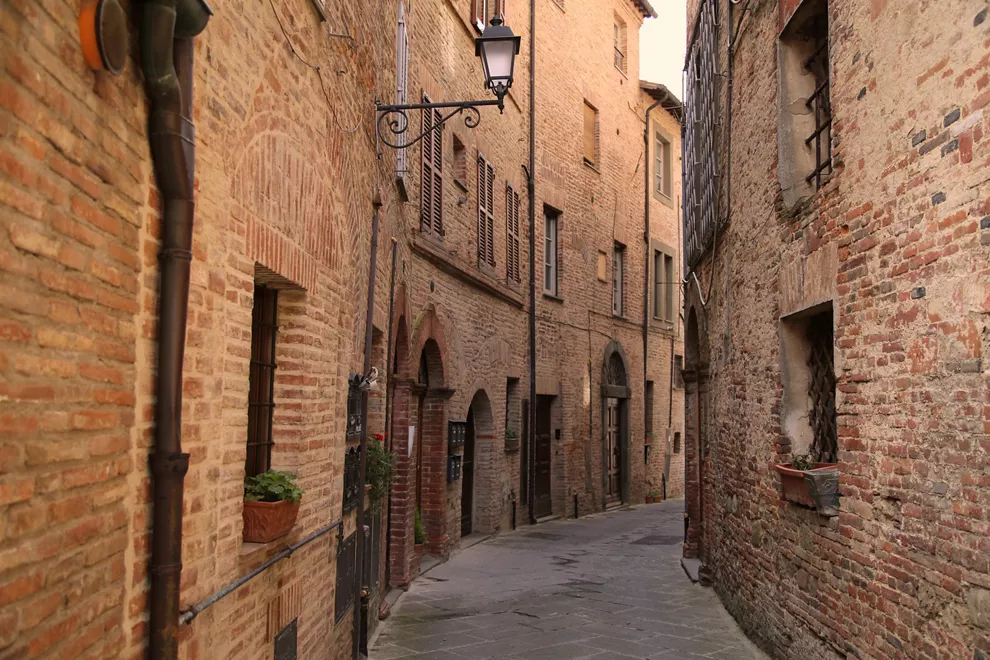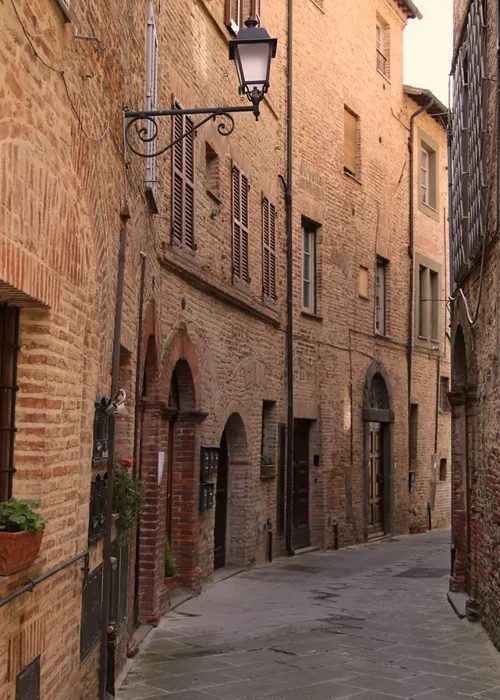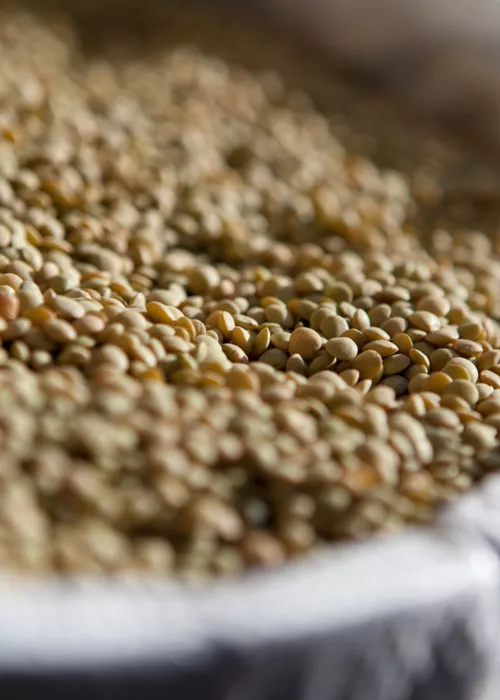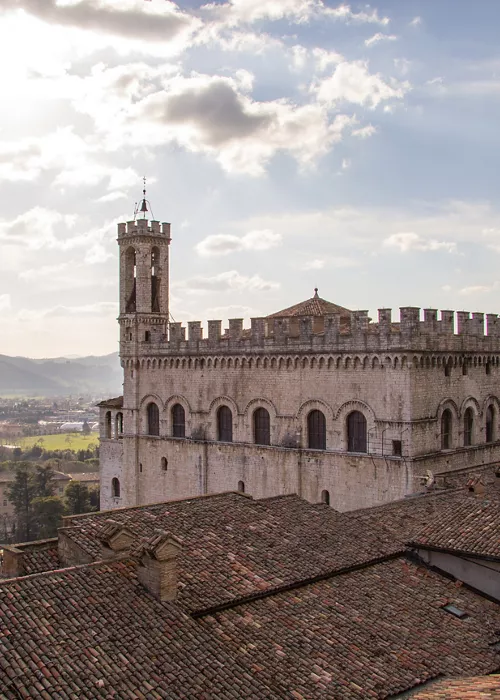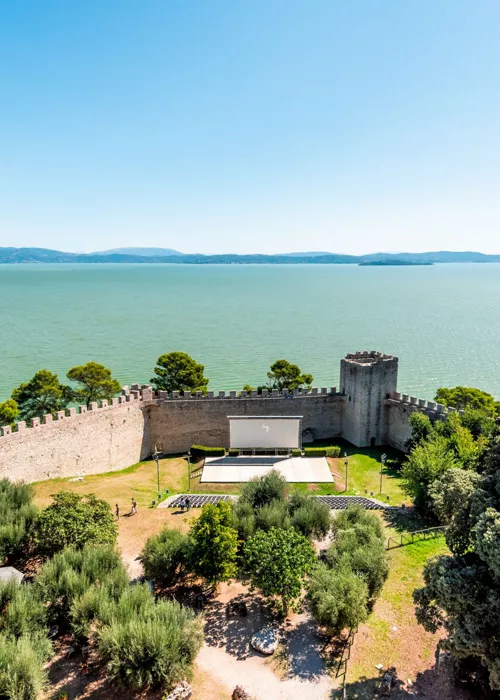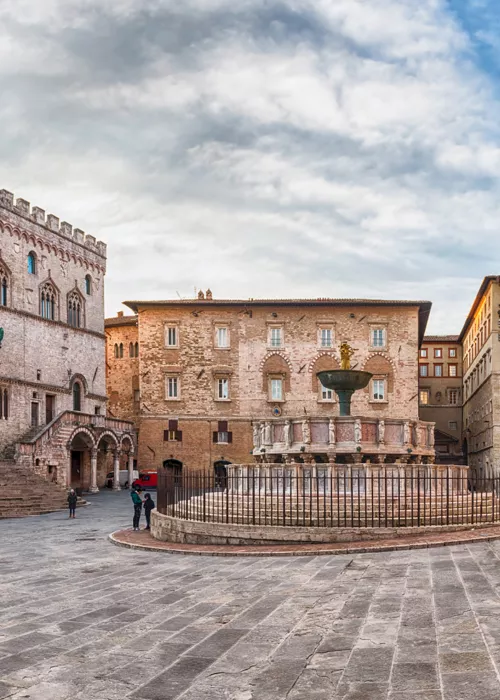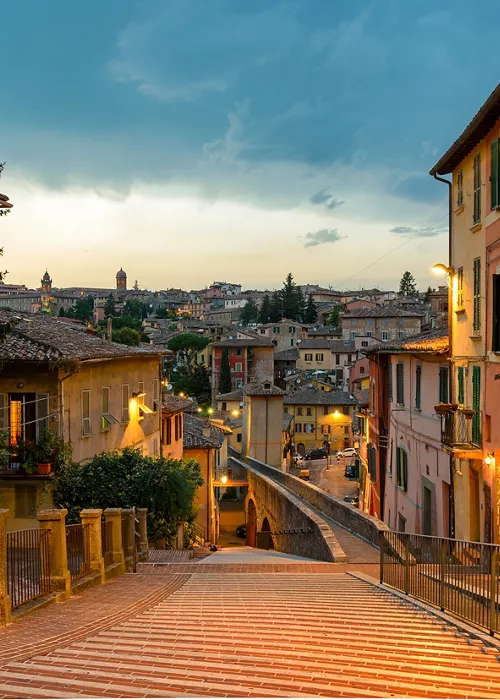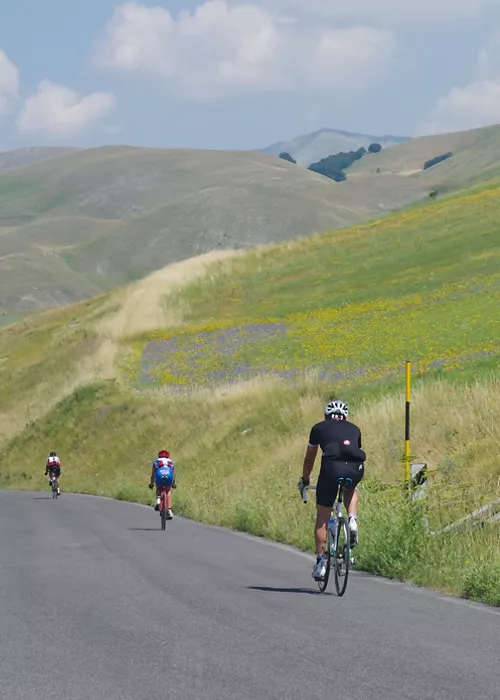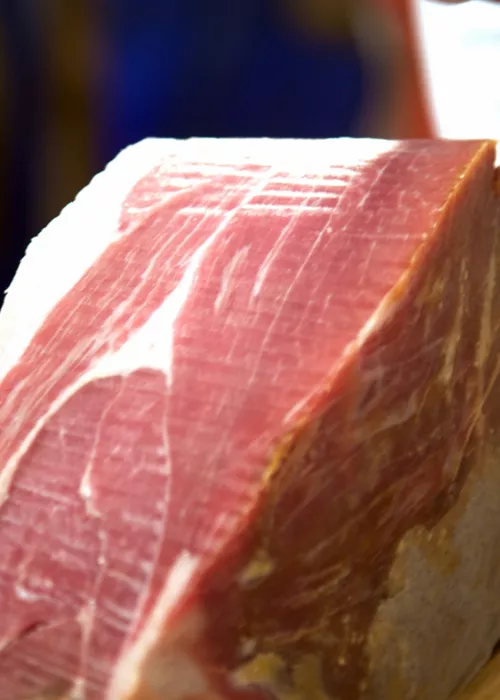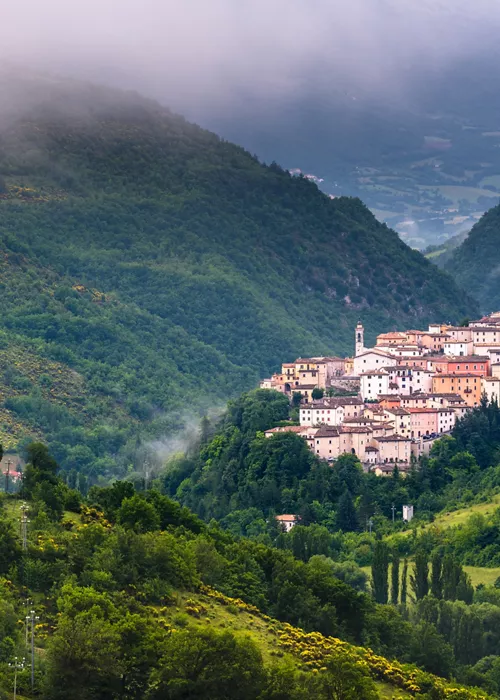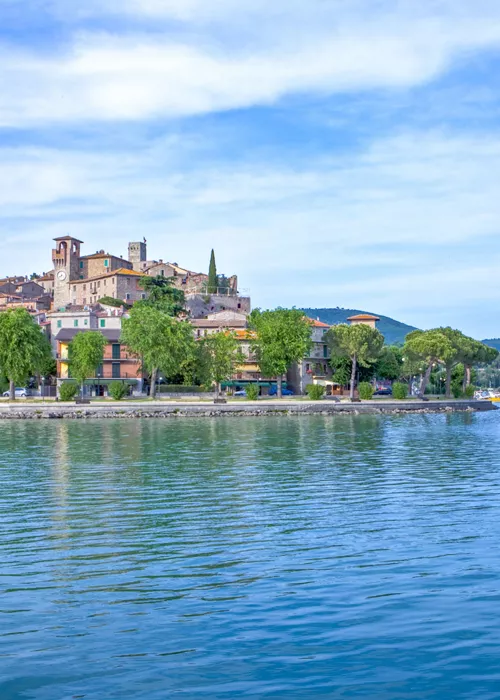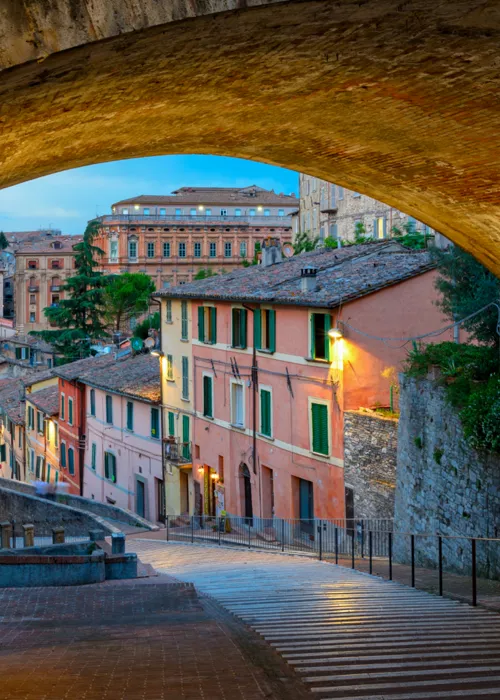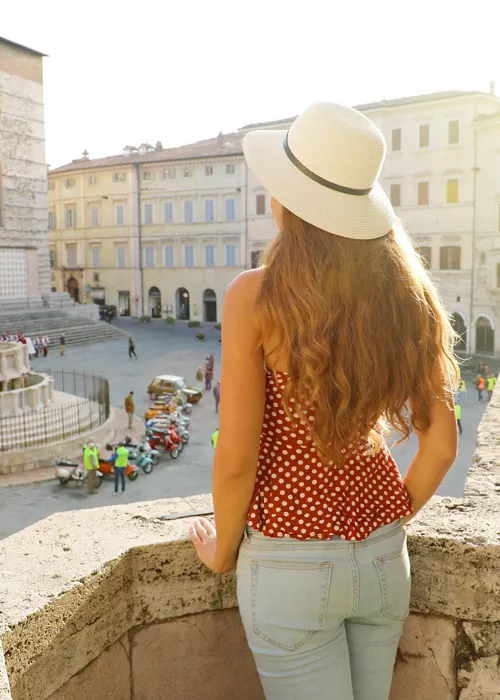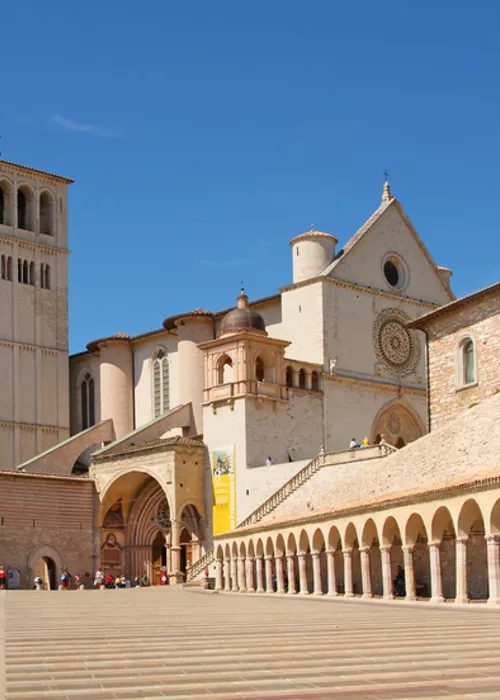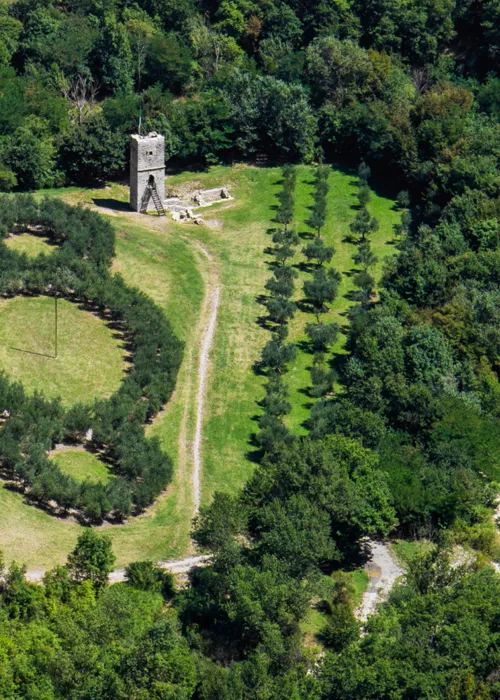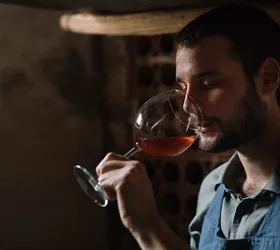Città della Pieve: a mini medieval masterpiece
3 minutes
A free city since 1228, it was an ally of Siena in its struggles against the papacy and in constant conflict with Perugia. Today, it is delightful getting lost in its alleyways that open onto grandiose views of the mountains of Central Italy, from Amiata to Cetona, from the Sibillini to Subasio.
A border town with a rebellious soul
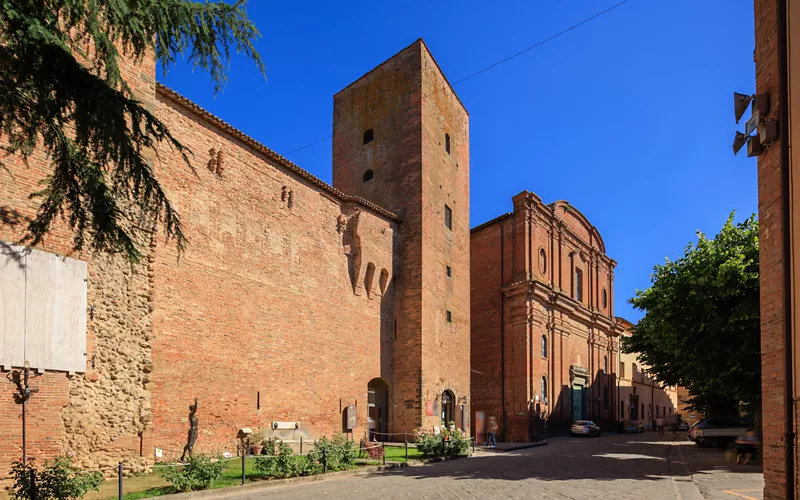
A border town between the Papal States and the Grand Duchy of Tuscany, Città della Pieve has benefitted from its strategic position. Some see in its urban plan, defined in the second half of the 13th century, the shape of an eagle flying towards Rome, in homage to Frederick II, Duke of Swabia, under whose protection the city challenged its Guelph enemies, Orvieto and Perugia.
The layout of its historic centre also reflects a class struggle: the wide streets were dominated by the knights, who could afford to fight on horseback, while the alleyways were left to the peasants, who defended themselves on foot with bows and crossbows. In the winding streets, the knights could escape the shots of those on foot, who took refuge in the narrow alleyways that the horses could not enter.
Città della Pieve hosts one of the narrowest alleyways in Italy, Baciadonne, a narrow, 80-centimetre-wide opening between two buildings.
Among the alleyways, we find large squares overlooked by majestic buildings, the largest being Palazzo della Corgna, opposite the Cathedral, built by Ascanio when he was appointed the city’s Perpetual Governor by his uncle Pope Julius III. A symbol of papal power over the city, today it is one of the comune’s most interesting monuments, together with the Rocca Perugina, built by the Perugians in 1326 to better control this rebellious centre.
The birthplace of Perugino
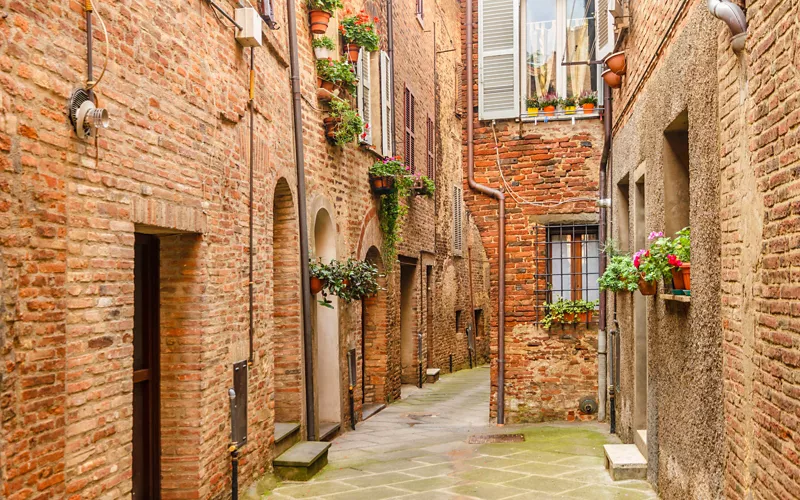
The painter Pietro Vannucci, known as Perugino, one of the greatest Renaissance artists, was born in Città della Pieve. Trained in Verrocchio’s workshop in Florence, where he met Leonardo and Botticelli, Perugino worked for a long time in Rome, where he was among those hired by Pope Sixtus IV to paint the Sistine Chapel. Five of his works can be admired in his hometown: Baptism of Jesus and Madonna and Child in the Cathedral; Deposition from the Cross in the Santa Maria dei Servi basilica; Saint Anthony Abbot between Saints Paul hermit and Marcellus in the church of San Pietro; and Adoration of the Magi in the Oratory of Santa Maria dei Bianchi.
The “capital” of the Chiana Valley reclamation
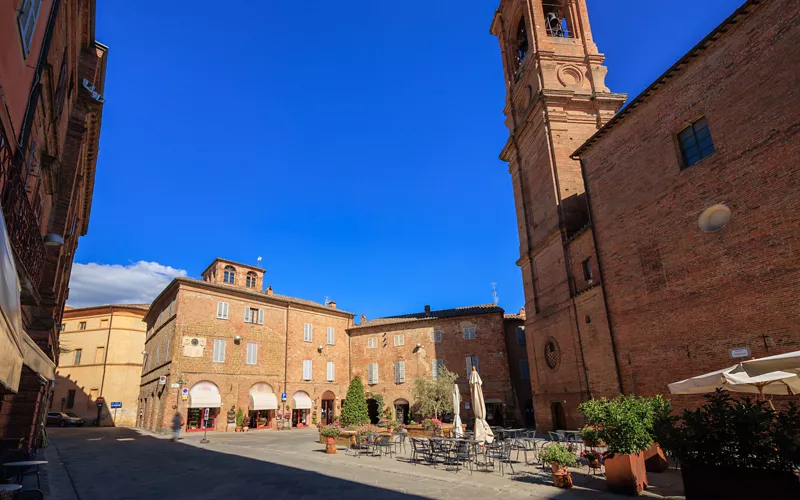
In the late 18th century, Città della Pieve became the nerve centre behind the ultimate reclamation of the Chiana Valley, by virtue of an agreement, the so-called Hydraulic Concordat, between Pope Pius VI and Peter Leopold, Grand Duke of Tuscany.
This marked the beginning of one of the greatest public works of the time, and a period of great tumult and vitality for the city, thanks to the arrival of workers and capital, and, above all, to the contribution of ideas and styles from Rome and Florence.
Città della Pieve was revamped, with new palaces (Baglioni) and a theatre (Teatro degli Avvaloranti), which fit well into the medieval urban fabric.
Traditional events in Città della Pieve
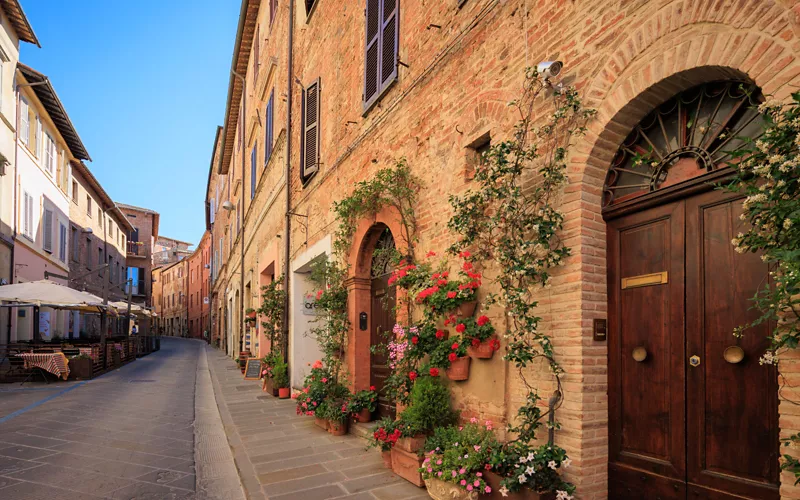
Many traditional events are deeply rooted in the city's religious and civil history: since 1966, the district of Castello has set up a Nativity Scene in the basement of the Palazzo della Corgna, with many scenes created by local volunteers, assisted by craftspeople, working with papier-mâché, terracotta, resins and fabrics. The same tradition is renewed at Easter, with the Holy Week "Quadri Viventi" (Living Paintings).
The most eye-catching event in Città della Pieve is the Infiorata flower carpet festival, held on the Sunday in June closest to the Feast Day of San Luigi Gonzaga (the 21st), patron saint of the district of Casalino. A different theme is chosen each year, defining the patterns and colours of the spectacular 1,000-square-metre carpets of leaves and flowers created in the city streets.
August sees the celebration of the Palio dei Terzieri, a re-enactment of the ancestral bull hunt, in which the city's districts put their archery skills to the test, aiming to hit the moving silhouettes of the Chianina oxen.

